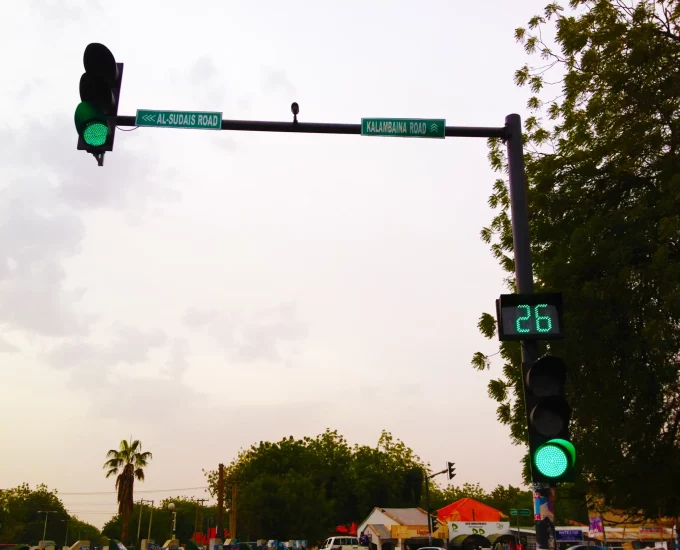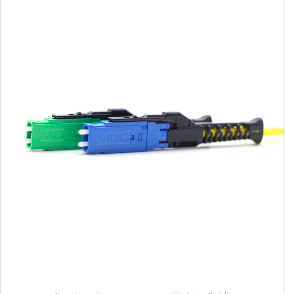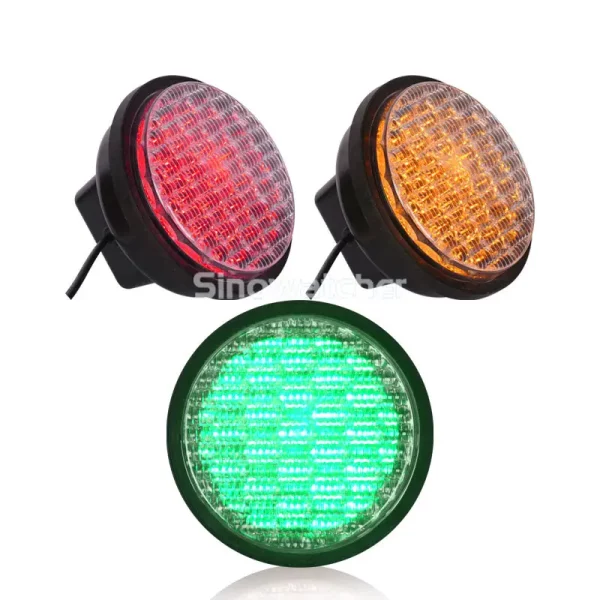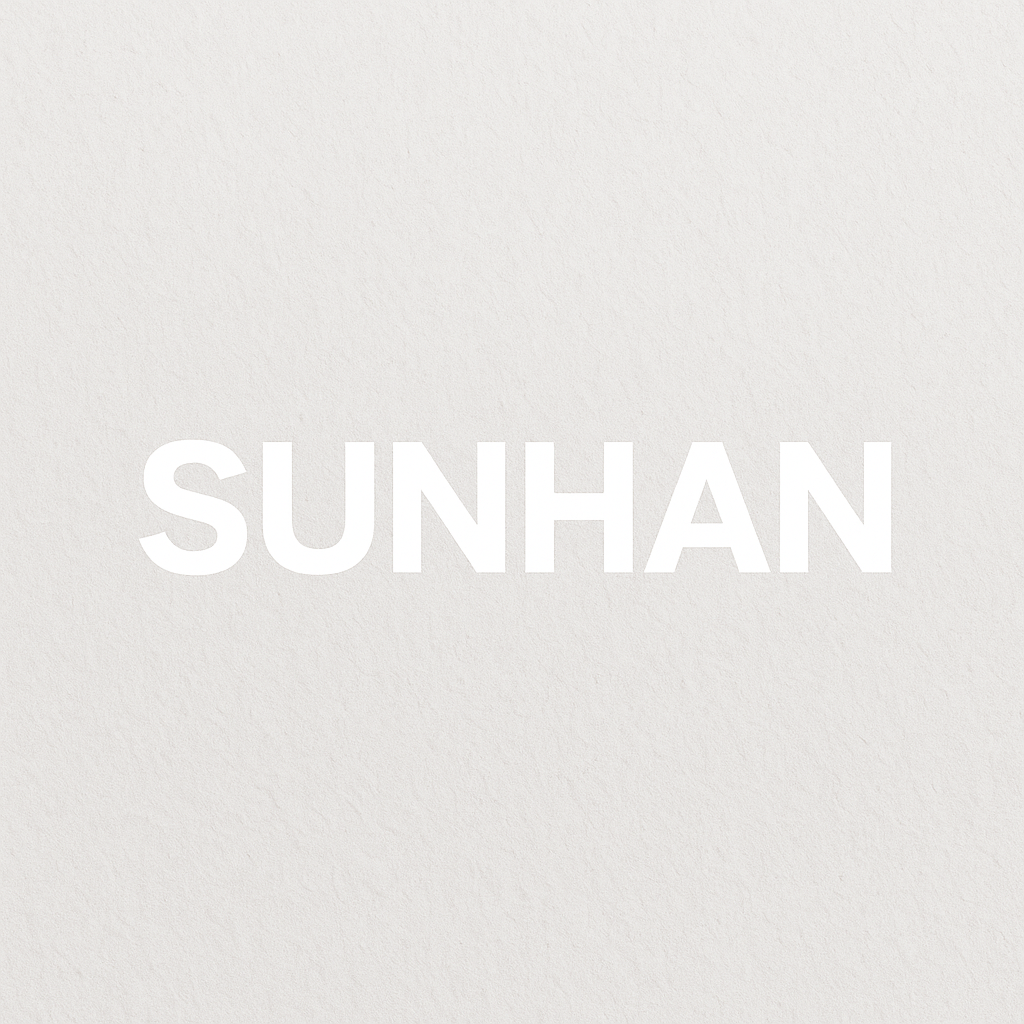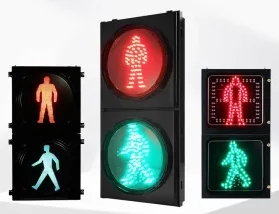目录
In a world where stress, screen time, and irregular schedules disrupt our natural sleep cycles, hand-held sleep devices have emerged as a compact, user-friendly solution for improving rest. These portable tools are designed to help users fall asleep faster, stay asleep longer, and wake up feeling more refreshed—without relying on medication or complex equipment.
From guided breathing aids to light-based relaxation tools, hand-held sleep devices are gaining popularity for their convenience, effectiveness, and adaptability to different lifestyles. This guide explores how they work, who they’re for, and how to choose the right one for your needs.
What Is a Hand-Held Sleep Device?
A hand-held sleep device is a small, portable gadget designed to promote relaxation and support healthy sleep habits. Unlike wearables that track sleep or smart beds that adjust firmness, these devices are typically used before or during bedtime to help the body and mind transition into a restful state.
They may use a variety of techniques, including:
- Rhythmic breathing cues
- Soothing light patterns
- Vibration or pulse stimulation
- Soundscapes or white noise
- Aromatherapy diffusion
- Biofeedback or guided meditation
The goal is to activate the parasympathetic nervous system—your body’s natural “rest and digest” mode—while reducing stress and mental chatter that can interfere with sleep.
Why Are Hand-Held Sleep Devices Gaining Popularity?
Several trends are fueling the rise of these compact sleep aids:
Increased Sleep Awareness
More people are recognizing the importance of sleep for mental health, immunity, and productivity. As a result, they’re seeking non-pharmaceutical tools to improve sleep quality.
Portable Wellness
Consumers want wellness tools that fit into their routines—whether at home, while traveling, or during a midday break. Hand-held devices are easy to carry and use anywhere.
Technology Meets Simplicity
While some sleep tech can be overwhelming, hand-held devices often focus on a single, intuitive function—making them accessible to users of all ages.
Non-Invasive Alternatives
For those who prefer to avoid sleep medications or wearable trackers, these devices offer a gentle, side-effect-free approach to relaxation.
Common Types of Hand-Held Sleep Devices
Let’s explore the most popular categories and how they work:
Breathing Trainers
These devices guide users through slow, rhythmic breathing patterns using lights, vibrations, or audio cues. By syncing your breath to the device, you can lower your heart rate and calm your nervous system.
Use case: Ideal for people with racing thoughts or anxiety before bed.
Light-Based Relaxation Tools
Some devices project soft, pulsing lights onto the ceiling or wall to guide your breathing visually. Others use dimming light to mimic sunset, helping regulate melatonin production.
Use case: Great for visual learners or those sensitive to sound.
Vibration and Pulse Stimulators
These tools use gentle vibrations or low-frequency pulses to promote relaxation. Some are held in the hand, while others rest on the chest or wrist.
Use case: Helpful for people who respond well to tactile feedback or struggle with sensory overload.
Sound-Based Devices
Compact white noise machines or sound therapy tools play calming audio—like ocean waves, rainfall, or binaural beats—to mask disruptive noise and lull the brain into sleep.
Use case: Perfect for light sleepers or those in noisy environments.
Aromatherapy Diffusers
Some hand-held devices combine essential oil diffusion with light or sound to create a multi-sensory relaxation experience.
Use case: Ideal for users who enjoy scent-based rituals or want to avoid screens before bed.
How to Use a Hand-Held Sleep Device Effectively
To get the most out of your device, consider the following tips:
Create a Consistent Routine
Use the device at the same time each night to signal your body that it’s time to wind down. Pair it with other calming habits like reading or stretching.
Limit Screen Exposure
Avoid using phones or tablets right before bed. Instead, let your hand-held device be the last thing you interact with before sleep.
Use in a Calm Environment
Dim the lights, reduce noise, and make your bedroom a sleep-friendly space. The device should complement—not compete with—your environment.
Start with Short Sessions
Begin with 5–10 minutes of use and gradually increase as needed. Many devices offer auto shut-off timers to prevent overstimulation.
Track Your Progress
Keep a sleep journal or use a separate sleep tracker to monitor improvements in sleep onset, duration, and quality over time.
Who Can Benefit from Hand-Held Sleep Devices?
These tools are suitable for a wide range of users:
- Students and professionals dealing with stress or irregular schedules
- Frequent travelers adjusting to new time zones or hotel noise
- Parents seeking quick relaxation during nap windows
- Older adults experiencing age-related sleep changes
- People with insomnia or anxiety looking for non-drug interventions
They’re also a great option for those who want to avoid wearable devices or prefer a more tactile, analog approach to sleep support.
What to Look for When Choosing a Device
With so many options on the market, here’s how to narrow it down:
- Functionality: Choose a device that targets your specific sleep challenge (e.g., racing thoughts, noise sensitivity, irregular breathing).
- Portability: Look for compact, lightweight designs with rechargeable batteries.
- Ease of use: Simple controls and intuitive interfaces are key, especially if you’re using it in the dark.
- Customization: Adjustable settings for intensity, duration, or sound can enhance comfort.
- Safety and materials: Opt for non-toxic, skin-safe materials and devices with safety certifications.
Limitations and Considerations
While hand-held sleep devices can be highly effective, they’re not a cure-all. Consider the following:
- They support, not replace, good sleep hygiene: Maintain a consistent bedtime, limit caffeine, and create a restful environment.
- They may not work for everyone: Individual responses vary. Some users may need to try a few types before finding the right fit.
- They’re not a substitute for medical care: If you have chronic insomnia, sleep apnea, or other sleep disorders, consult a healthcare provider.
Final Thoughts
Hand-held sleep devices offer a practical, low-barrier way to improve sleep quality in a world that rarely slows down. Whether you’re winding down after a long day, managing stress, or simply trying to fall asleep faster, these compact tools can help you build a more mindful, restorative bedtime routine.
By choosing the right device and using it consistently, you can take a small but powerful step toward better sleep—one breath, pulse, or light cue at a time.
0
